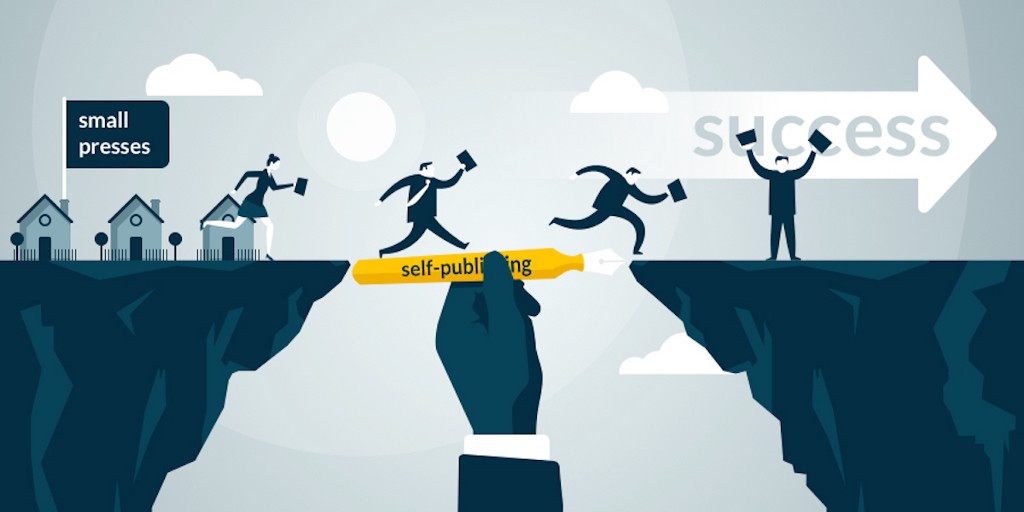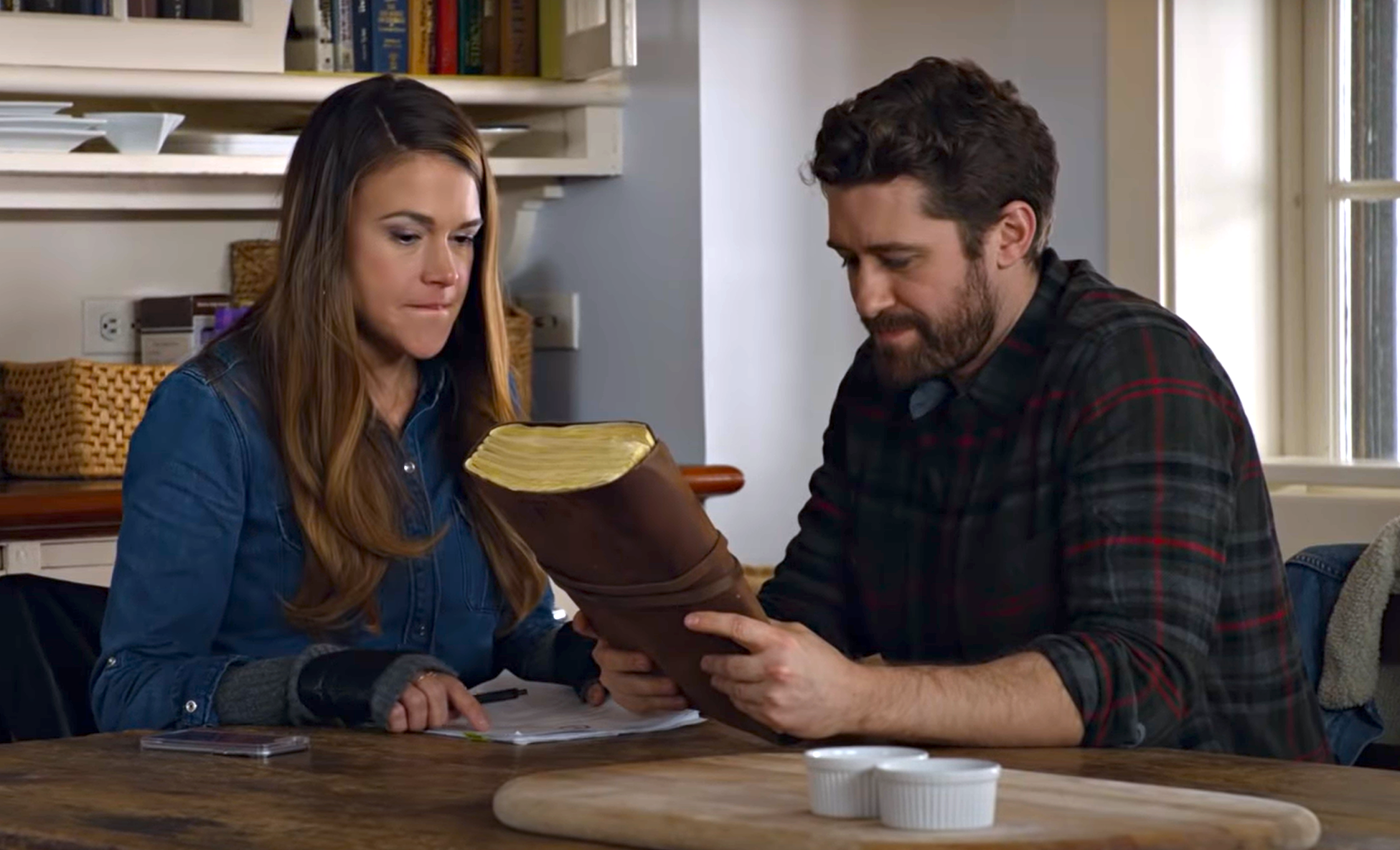Craft
How Self-Publishing Made Today’s Small Independent Presses Possible
Self-publishing brought the ability to print, market, and sell books to the masses

This post was made possible by a sponsorship from Reedsy.
When you look around at the most beloved books of the past decade, the books that seem destined to be classics, one thing becomes clear:
Small presses are amazing.
Whether we’re talking about the more literary side of things (like Citizen or Grief Is A Thing With Feathers, both published by Graywolf) or weirder sci-fi projects (like Small Beer Press raising a $72,000 Kickstarter for John Crowley’s translation of The Chemical Wedding), some of the coolest things happening in the book world are happening by way of the small press.
Some of the coolest things happening in the book world are happening by way of the small press.
We’re also seeing some pretty crazy sales numbers in the indie book world, supporting the idea that small presses are riding a huge wave right now. Between February 2014 and May 2016, the percentage of eBook sales attributed to the Big Five publishers fell from just under 40% to below 25% In that same window of time, indie publishers went from producing under 25% of eBook sales to being responsible for just below 45%.
While the burst of small press publications we’ve seen over the last 10 years or so is undoubtedly a good thing, one thing that often gets overlooked is just how it came to be — and more specifically, how modern self-publishing made it all possible.
To understand all of this, you need to know what makes modern self-publishing different than the self-publishing of 10 years ago.
How to Name Your Small Indie Press
How Self-Published Authors Became Book Marketing Experts
In recent history, the only real marketplaces for books were controlled by major publishers. If you were an author who wanted to sell copies of your book, you needed major bookstores to carry it, and that could only happen if you went through a traditional publishing house. Self-publishing, as a result, was reserved for people who didn’t care about selling copies.
With the rise of the internet, and Amazon in particular, self-published authors found a way to sell books that didn’t involve negotiating with bookstores. And when a real sales channel opened up, dozens of book marketing strategies soon followed:
- There was suddenly a premium on having a good author website, where you could blog or give away free writing to build a massive email list of readers.
- Authors like Mark Dawson began using Facebook Ads to sell books, A/B test covers and to drive signups to their email lists.
- Amazon released their own advertising platform (multiple, actually) that authors were able to use to boost their sales.
- Authors began compiling “street teams” of their friends and colleagues, who could seed their book with reviews and social shares to get the ball rolling when a book debuted.
- The position of “Freelance Book Publicist” was, for the first time, not just a job title you made up to sound employed.
Self-published authors were approaching book marketing the way a startup might approach marketing their company, and they were killing it.
Self-published authors were approaching book marketing the way a startup might approach marketing their company.
It didn’t take long for the success of self-published authors to trickle into the small press world. After all, most small presses are started by a couple of friends who’d like to publish other writers’ work — typically with the same processes self-published authors use.
How Kickstarter Is Changing Publishing
From Self-Published Authors To A New Generation of Presses
Literary magazines, anthologies, and full-blown presses start popping up at an astounding rate, and some pretty amazing writing was published as a result.
The Adroit Journal, one of the most popular literary journals in America (especially among young writers), was started by a group of teenagers and originally published using a print-on-demand publishing service.
Through some popular events (like letting writers submit unlimited amounts of work to the journal for one weekend), they were able to create a massive subscriber list, and laid the groundwork for an insanely successful journal.
Sibling Rivalry Press, the amazing small press that published Ocean Vuong’s first chapbook, Burnings, uses Ingram — one of the biggest platforms used by self-published authors for book distribution — to distribute their books, and has built a massive community by publishing multiple literary magazines under the Sibling Rivalry umbrella.
And countless small presses use ecommerce platforms like Big Cartel, Shopify, and Squarespace to sell books directly to their readers — something that was previously only done by people who couldn’t get traditional publishing deals, i.e. self-published writers. Here’s an example from the amazing Two Dollar Radio, who recently published Hanif Abdurraqib’s They Can’t Kill Us Until They Kill Us, and host their entire store on Shopify:
All of this points to the same thing. What modern self-publishing has done — whether we’re talking about the small presses listed above or the new generation high-quality hybrid publishers like Bookouture and Mascot Books — is democratized our ability not just to publish books, but to market and sell them.
Modern self-publishing has democratized our ability not just to publish books, but to market and sell them.
As a result, some of the best writing of the last century has been published and championed by some of the coolest presses ever put together.

About the Author
Emmanuel is the CEO of Reedsy, a marketplace that connects authors and publishers with the world’s best editors, designers and marketers. Over 5,000 books have been produced via Reedsy since 2015.










